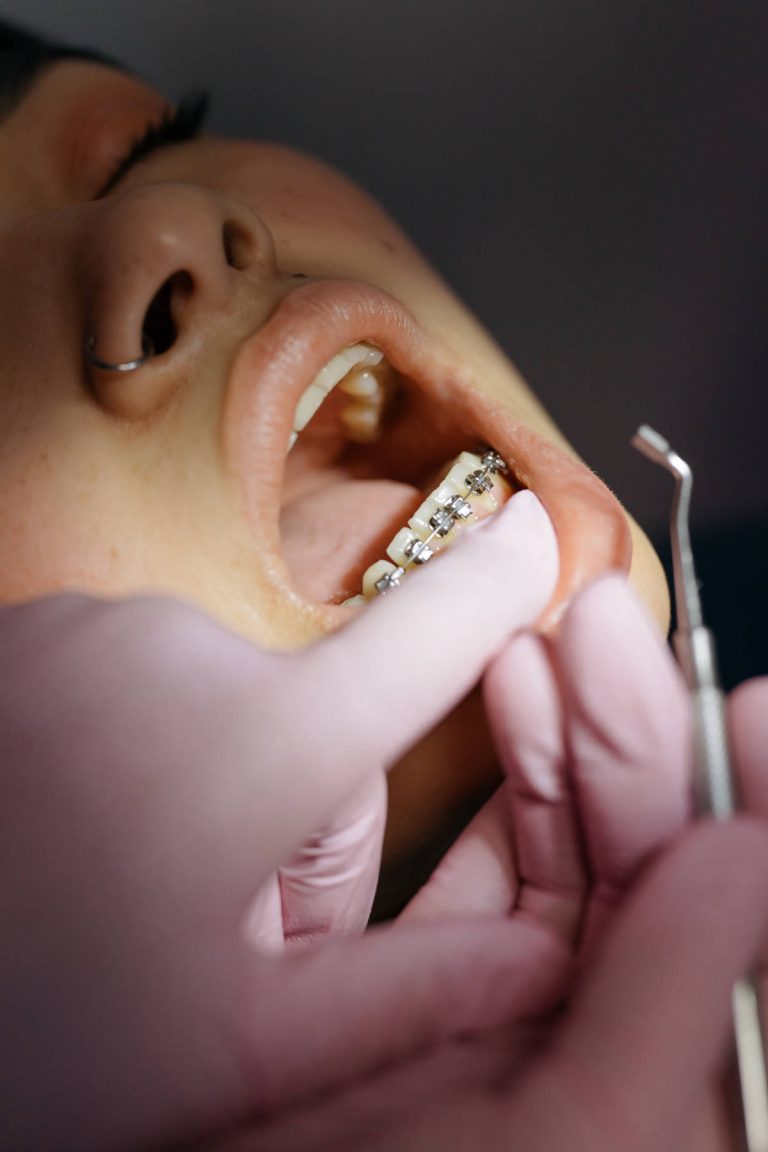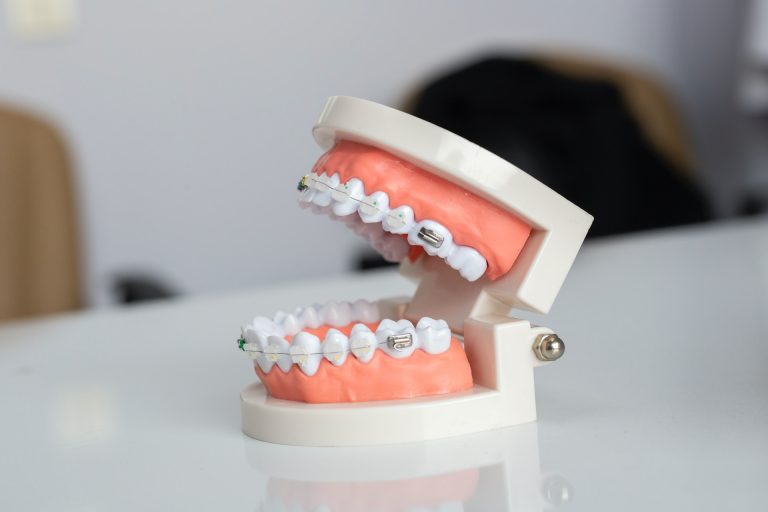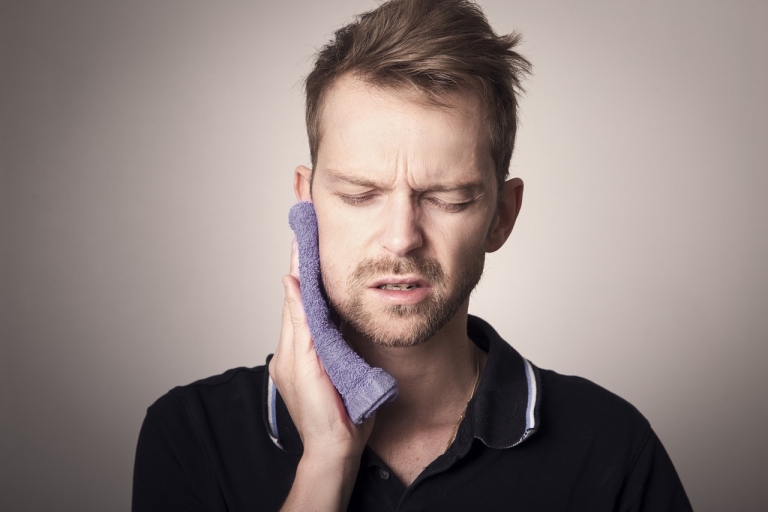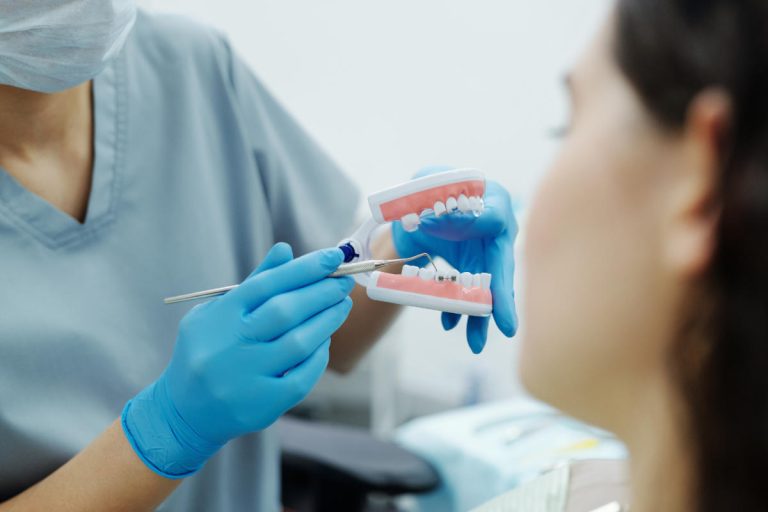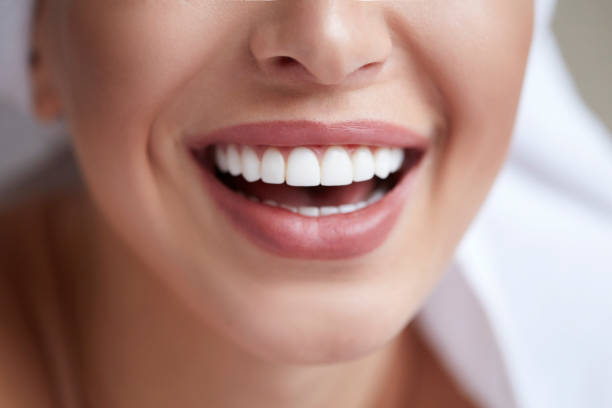After getting your braces off, you may crave your favorite foods. But how long do you need to wait before you can eat normally again? Here, we’ll explore the timeline and provide tips to help you.
It varies from person to person. Generally, people can start eating normally within a few days to a week after their braces are removed. However, it is important to talk to your orthodontist or dentist to get specific instructions.
At first, you may feel some discomfort or sensitivity in your teeth and gums. This is normal as your mouth adjusts. To reduce any discomfort, stick to soft foods such as soup, mashed potatoes, yogurt, and smoothies.
As your mouth gets used to it, you can gradually introduce harder and crunchier foods such as steamed vegetables, grilled chicken, or pasta. Don’t rush it, as attempting tough or sticky foods too soon can cause damage or discomfort.
You may be tempted to indulge, but don’t forget to maintain good oral hygiene. Bacteria can accumulate around orthodontic appliances, even after removal. Keep brushing and flossing and visit your dentist for routine check-ups and cleanings.
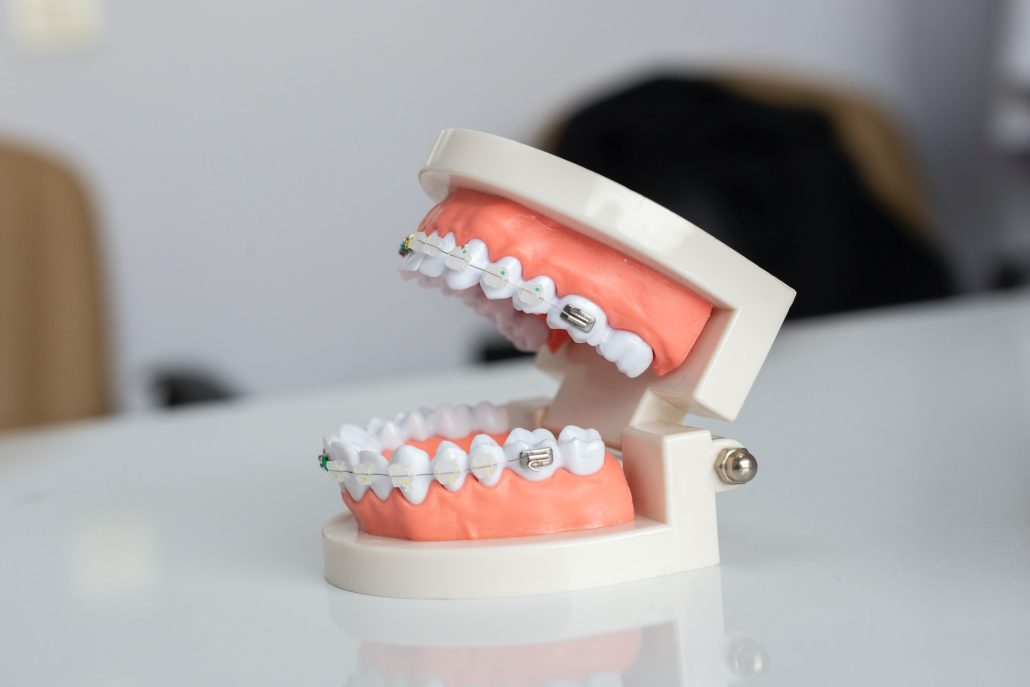
Understanding the healing process after braces
When braces are removed, teeth need time to settle into their new position – this is known as alignment. Demineralization of tooth enamel can occur, but remineralization takes place to strengthen it. Pressure can also cause minor tissue damage, but with time they will regenerate. Age, hygiene, and health all play a role in the speed and success of healing.
To make the most of this journey, follow your orthodontist’s instructions, brush and floss regularly, and attend follow-up appointments. Take charge of your dental health by learning what lies ahead after braces removal!
Initial stages after braces removal
After the braces are removed, you may feel curious about the next steps. Here’s what you must know:
- You may experience some discomfort: Initially, it’s normal to feel soreness and discomfort as your teeth adjust. This should go away in a few days.
- Time to get back to regular dental hygiene: Once the braces are off, resume your regular brushing and flossing routine for oral health.
- Watch what you eat: Though you can eat normally, avoid hard and sticky food for a few days. This gives your teeth time to adjust and prevents damage.
- Follow instructions: Your orthodontist will provide instructions on wearing retainers or any extra treatment. Make sure to follow these for best results.
- Schedule follow-up appointments: Keep going to your orthodontist even after the braces are off. These appointments will check that your teeth are progressing and address any issues.
For a successful transition, keep up with good oral hygiene practices and follow dietary suggestions from your orthodontist.
Pro Tip: Everyone’s journey after brace removal is different. Be patient and trust the process as your teeth settle.
Recommendations for eating normally after braces
When it comes to eating normally after braces, there are a few tips to bear in mind:
- Start with soft foods and gradually work up to harder textures.
- Don’t bite into hard or sticky foods which might harm your braces.
- Make sure to brush and floss regularly so food doesn’t get caught.
- Attend follow-up appointments with your orthodontist.
Also, everyone adjusts differently. Listen to your body and go at your own speed. To get the best results, stick to these recommendations. You’ll have a beautiful smile for years to come! Don’t let fear of missing out on meals hinder you. Have patience and focus on the long-term benefits of caring for your braces. This phase will soon pass and you’ll be able to eat your favorite treats again. Make the most of this journey and enjoy every meal with confidence.
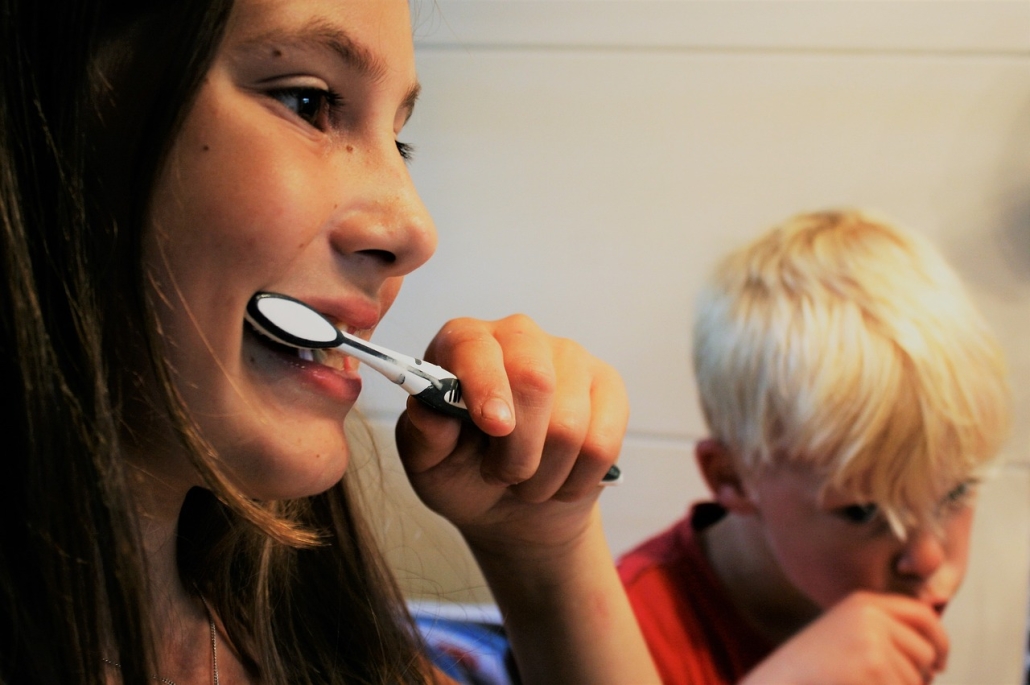
Maintaining oral hygiene during the transition period
When you get braces, it’s essential to keep your mouth clean. Here’s a 3-step guide for clean, healthy teeth:
- Brush: Twice a day, use a soft toothbrush with fluoride toothpaste. Brush all surfaces, including around brackets and wires. Don’t press too hard.
- Floss: Use special orthodontic floss or a threader to reach between teeth and under wires. Do this once per day to remove food particles and plaque.
- Rinse: After brushing and flossing, rinse with an antiseptic mouthwash for 30 seconds. This can protect against cavities and gum disease.
Remember: Good oral hygiene is key for successful orthodontic treatment. Plus, use an interdental brush for extra cleanliness.
Asking your orthodontist for guidance and advice
Navigating life with braces? Seek advice from your orthodontist! They are the pros who know best. They will tell you how long you can eat normally after getting braces. It depends on things like your type of braces and how serious your teeth issues are. Follow their instructions for successful treatment.
To make the transition easier, start with soft food that requires less chewing. Mashed potatoes or soup are good options. As you become used to it, gradually introduce harder food. But avoid sticky or crunchy stuff – and gum or hard candies.
Maintaining good oral hygiene is essential. Brush and floss after eating. Keep your teeth and braces clean. Don’t let food particles get stuck in brackets and wires.
By following your orthodontist’s advice and taking these steps, you’ll be able to eat normally with braces. Patience is a must. But the reward of a beautiful smile is worth it!
Conclusion
After getting your braces off, it’s time to go back to normal eating. Start with soft foods such as soups, mashed potatoes, and cooked vegetables. Gradually add firmer stuff like pasta, rice, and soft fruits. Then, incorporate harder foods such as bread, meat, and crunchy veggies – but make sure to cut them into small pieces. Additionally, brush and floss your teeth frequently to avoid food particles from getting stuck. Follow your orthodontist’s advice too!
An interesting fact about braces is that they have been around since ancient times. Greek mummies wore metal bands around their teeth, showing early attempts at alignment. Over the centuries, orthodontic treatments have improved significantly.
Frequently Asked Questions
FAQ 1: How long after braces can I eat normally?
Answer: It usually takes a few days to a week to adjust to eating with braces. After that, you can return to eating normally, but it’s important to avoid hard, sticky, or chewy foods that can damage your braces.
FAQ 2: Can I eat crunchy fruits and vegetables?
Answer: Yes, you can eat crunchy fruits and vegetables, but it’s recommended to cut them into small, bite-sized pieces to avoid damaging your braces. Be cautious and chew with your back teeth instead of biting directly with your front teeth.
FAQ 3: Can I eat meat with braces?
Answer: Yes, you can eat meat with braces, but it’s best to choose tender, boneless meats that require less chewing. Cut them into small pieces and chew slowly and carefully.
FAQ 4: Can I eat sticky foods like caramel or chewing gum?
Answer: It’s better to avoid eating sticky foods like caramel, chewing gum, or sticky sweets as they can easily get stuck in your braces, causing damage and making it difficult to clean properly.
FAQ 5: Can I eat hard foods like nuts or chips?
Answer: Hard foods like nuts, chips, or hard candies should be avoided as they can break or damage the brackets or wires of your braces. Opt for softer alternatives to prevent any complications.
FAQ 6: Can I drink carbonated or sugary drinks?
Answer: It’s best to limit the consumption of carbonated and sugary drinks as they can increase the risk of tooth decay and staining. If you do drink them, use a straw to minimize contact with your braces and rinse your mouth thoroughly afterward.
{
“@context”: “https://schema.org”,
“@type”: “FAQPage”,
“mainEntity”: [
{
“@type”: “Question”,
“name”: “How long after braces can I eat normally?”,
“acceptedAnswer”: {
“@type”: “Answer”,
“text”: “It usually takes a few days to a week to adjust to eating with braces. After that, you can return to eating normally, but it’s important to avoid hard, sticky, or chewy foods that can damage your braces.”
}
},
{
“@type”: “Question”,
“name”: “Can I eat crunchy fruits and vegetables?”,
“acceptedAnswer”: {
“@type”: “Answer”,
“text”: “Yes, you can eat crunchy fruits and vegetables, but it’s recommended to cut them into small, bite-sized pieces to avoid damaging your braces. Be cautious and chew with your back teeth instead of biting directly with your front teeth.”
}
},
{
“@type”: “Question”,
“name”: “Can I eat meat with braces?”,
“acceptedAnswer”: {
“@type”: “Answer”,
“text”: “Yes, you can eat meat with braces, but it’s best to choose tender, boneless meats that require less chewing. Cut them into small pieces and chew slowly and carefully.”
}
},
{
“@type”: “Question”,
“name”: “Can I eat sticky foods like caramel or chewing gum?”,
“acceptedAnswer”: {
“@type”: “Answer”,
“text”: “It’s better to avoid eating sticky foods like caramel, chewing gum, or sticky sweets as they can easily get stuck in your braces, causing damage and making it difficult to clean properly.”
}
},
{
“@type”: “Question”,
“name”: “Can I eat hard foods like nuts or chips?”,
“acceptedAnswer”: {
“@type”: “Answer”,
“text”: “Hard foods like nuts, chips, or hard candies should be avoided as they can break or damage the brackets or wires of your braces. Opt for softer alternatives to prevent any complications.”
}
},
{
“@type”: “Question”,
“name”: “Can I drink carbonated or sugary drinks?”,
“acceptedAnswer”: {
“@type”: “Answer”,
“text”: “It’s best to limit the consumption of carbonated and sugary drinks as they can increase the risk of tooth decay and staining. If you do drink them, use a straw to minimize contact with your braces and rinse your mouth thoroughly afterward.”
}
}
]
}
